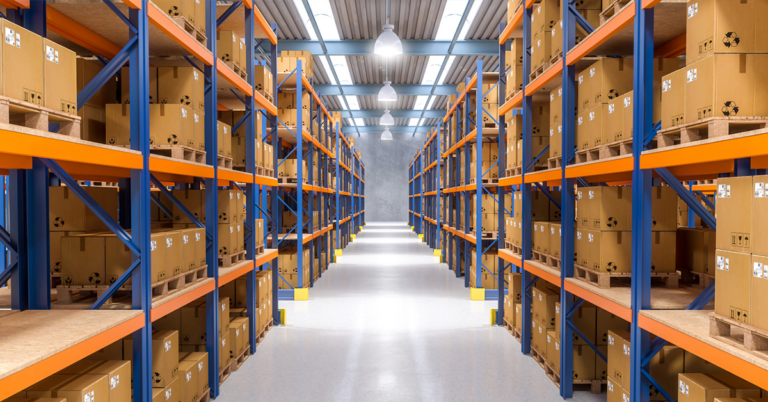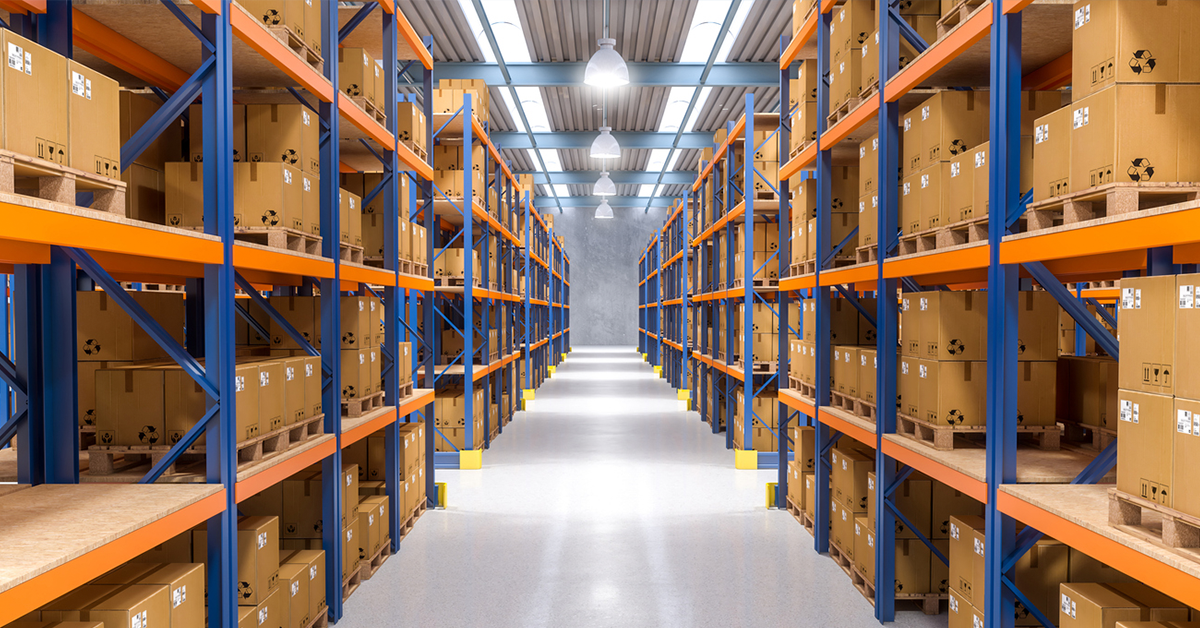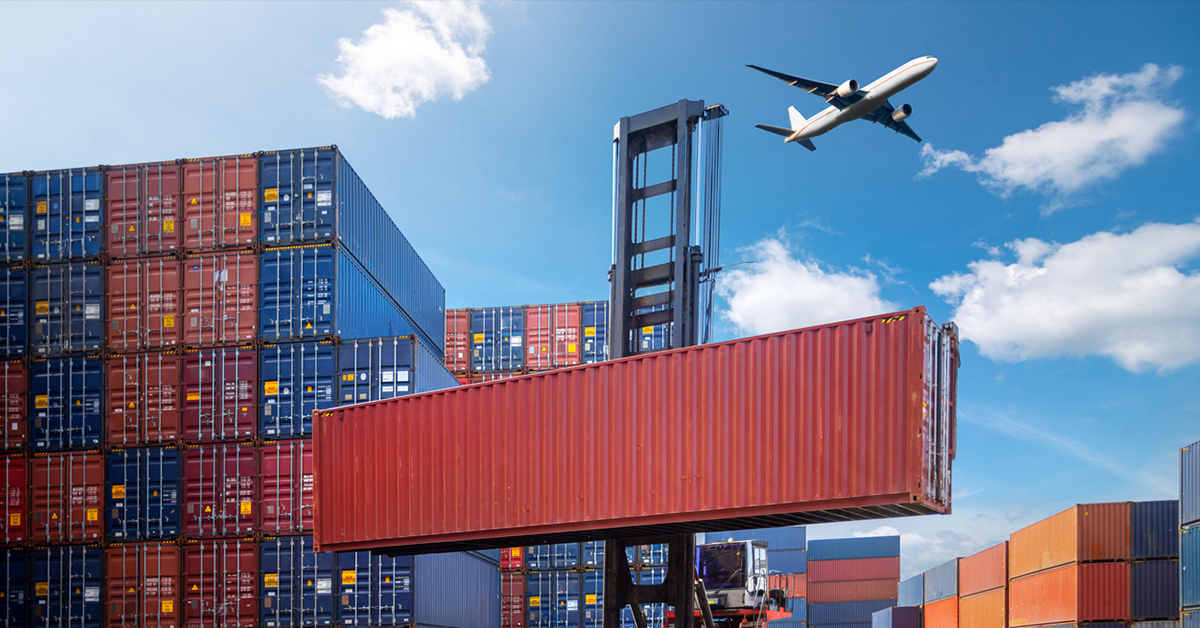Customers today have higher expectations such as convenient pickup and delivery options, increased need for specific, real-time visibility of their order, and simple, low-cost transportation purchasing options.
These increased expectations raise the stress on shippers. The shippers that provide a multimodal strategy with the flexibility to manage both planned and unforeseen shipments can offer higher value to their customers. Hence, less-than-truckload (LTL) freight management has become a requirement of the modern logistics world.
Less-than-truckload (LTL) transportation presents shippers and carriers with a distinctive challenge. Providing clients with an accurate, end-to-end view of the numerous hand-offs, transfers, and various data sources each load traverses can be challenging for even the most modern service providers. With the right technology, some businesses make it appear simple.
Unique challenges with visibility that LTL carriers face
No LTL provider services every location in the United States. One of the typical occurrences is the point of exchange between carriers. While some carriers may claim that they do not interline, they will use a cartage agent in most areas of the country.
System integration in such a scenario can be challenging unless the carriers are long-term partners with strategic data sharing. Otherwise, mismatch issues may surface. For example, the shipment may indicate “Delivered,” while the delivery happens a day or two later or vice-versa. Such instances create a stressful environment for everyone in the chain and provide an underwhelming customer experience.
The pandemic further aggravated the issue. During the pandemic, clients frequently worked from home, and while accessing the systems, they were away from their coworkers, workplace, and warehouses. Incidentally, shippers have noticed an increase in inquiries regarding the availability and accuracy of shipment data in the past year, among other challenges.
Role of technology in enhancing the visibility of LTL shipments
With the right technology in place, shippers and carriers may improve the visibility of these LTL and package shipments along the route. By using the appropriate solutions, carriers may not only help satisfy consumer expectations regarding the status of their shipment but also boost visibility for all stakeholders.
Utilizing a supply chain visibility technology helps improve the management of LTL shipments in the following ways:
1. An easy-to-use user interface
Access to shipment details is only valuable if the information is easily accessible and understandable. An easy-to-use interface for seeing status-driven updates such as shipment summaries, milestones and an interactive map with both origin and destination details for LTL and package shipments will help build customer trust.
Aside from the user-friendly interface, the system can also gather all the crucial details customers require in a single location, reducing the need to navigate various systems and screens to access the shipping data.
2. Intelligent Carrier Selection
Partnering with the appropriate LTL carriers is essential for guaranteeing cost-effective and efficient delivery operations. Organizations want a modern LTL solution when selecting carriers. It permits shippers to establish custom criteria while selecting LTL carriers. These rules may be based on consumer preferences, service type, area, volume, TATs, and manual prioritization, among other factors. With intelligent carrier selection, shippers can pick the best carriers on the desired route. It automatically assigns the appropriate load to the most suitable. Based on past performance, the system can decide which carriers are most responsive during unanticipated demand spikes and supply unavailability.
3. Enhanced Customer Experiences
To meet rising demand, businesses today rely on many LTL carriers for delivery services. It is essential to maintain consumers at the center to secure repeat business. Customer experience is a critical competitive differentiation in the modern day, so shippers must provide end-customer delivery transparency to a high degree. From the customer’s standpoint, tracking shipments carried by multiple transporters become problematic, posing a hurdle.
A data-driven LTL system provides customers with real-time delivery status updates. In addition, it transmits information regarding delays and other exceptions. An LTL solution not only assures delivery transparency but simplifies tracking; it effectively conceals 3PLs from the customer’s view, establishing direct contact between shipper and client.
A data-driven LTL system supported by intelligent bots enables carriers to swiftly capture specific delivery instructions, location changes, and rescheduling requests. It then integrates this data into the delivery workflow to ensure compliance with evolving customer expectations. In addition to archiving customer input on delivery performance, the system permits shippers to use this information to better plan carrier networks in the future.
If you are looking for great Collaborative TMS solutions that integrate easily, Turvo is the right partner. Turvo provides the world’s leading Collaborative TMS application designed for the supply chain. Turvo connects people and organizations, allowing shippers, logistics providers, and carriers to unite their supply chains, deliver outstanding customer experiences, collaborate in real-time, and accelerate growth. The technology unifies all systems, internal and external, providing one end-to-end solution to execute all operations and analytics while eliminating redundant manual tasks and automating business processes. Turvo’s customers include some of the world’s most considerable Fortune 500 logistics service providers, shippers, and freight brokers. Turvo is based in the San Francisco Bay Area with offices in Dallas, Texas, and Hyderabad, India.









